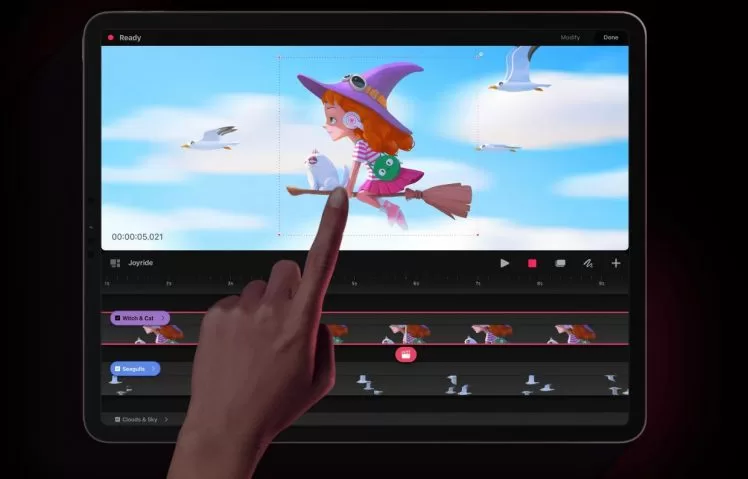-
The prototype Fairy it could cushion the loss of pollinators, such as bees.
-
The project is funded by the Academy of Finland and the research will last until August 2026.
-
This ‘robotic fairy’ moves thanks to the power of light and wind.
The project was recently announced. Fairy which is a very peculiar robot, since at first glance it looks like a fairy and is part of the smallest robots. The main objective of its creation is to use it in the future for artificial pollination, since it is well known that unfortunately a notable loss of the main pollinators in the world has been detected in recent years, which are the bees. These insects are vital for crops since their pollination not only increases yield but also improves the quality of the fruit, which is why their disappearance would mean a tremendous loss for the diversity and food quality, due to this, technology is advancing in order to have a possible solution, although clearly the ideal would be for bees not to become extinct, since their role is very relevant for the environment.
The impact of robots on the world
Obviously, the goal when creating new robot prototypes is to improve and streamline certain processes. A few days ago, the project of certain researchers from the Chinese University of Hong Kong who presented a very peculiar little robot that is practically capable of melting and regenerating, as it is possible that it can change from a solid to a liquid state and vice versa, this prototype could even be of great help to the medical service, as this could be the tool perfect for removing certain foreign and dangerous objects that could be found inside a person’s body, it is characterized by being similar to a lego.
This first month of 2023, a great variety of new robot prototypes could be observed, clearly robotics is a strong technological trend that appears for this year, so it is expected that this year several models will emerge that are of great help to facilitate the human life.
Fairy, the fairy robot capable of pollinating
This new model of robot is probably the most aesthetic, since it resembles a fairy, in addition to the fact that the project is called Fairy (Flying Aero-robots based on Light Responsive Materials Assembly) which translates to (Aero-flying robots based on assembly of light-sensitive materials).
The project FAIRY It began to be developed a couple of years ago, in September 2021 and the investigations will last until August 2026. It should be noted that said project is financed by the finnish academy. For this research, several collaborators such as Dr. Wenqi Hu, from the Max Planck Institute for Intelligent Systems (Germany), and Dr. Hang Zhang, from Aalto University.
Fairy was studied by researchers from the Tampere Universitylocated in Finland, this fairy-like robot has the ability to fly thanks to the fact that it is equipped with artificial muscle. This polymer assembly robot flies with the help of the wind and is controlled with light, this prototype could be an alternative and salvation for the biodiversity since it might be able to pollinate artificially.
Engineers at the University of Tampere develop a fairy-like robot that flies thanks to the power of wind and light. https://t.co/hoL9k3zR3Q ?: clipchamp pic.twitter.com/n4ws24bA01
— Enrique Coperías (@CienciaDelCope) January 31, 2023
They invent the ‘fairy-robot’ pic.twitter.com/clhVkdazSS
— Dennis Sandoval (@DennisS04148245) January 31, 2023
This robot works by means of a polymer assembly that flies with the wind and is controlled by light, plus it has several features biomimetic since it can easily float in the air directed with the help of the wind, due to its structure of great porosity (0.95) and light weight (1.2 mg).
These types of projects cause other companies to be interested in studying or creating similar models, so this year we will certainly continue learning about new interesting projects that could be of great help.
Now read:
They create a robot similar to that of “Terminator 2”, capable of melting and regenerating
Boston Dynamics unveiled a robot that will compete with NASA’s Robonaut
China prepares its version of ChatGPT to compete with Google

